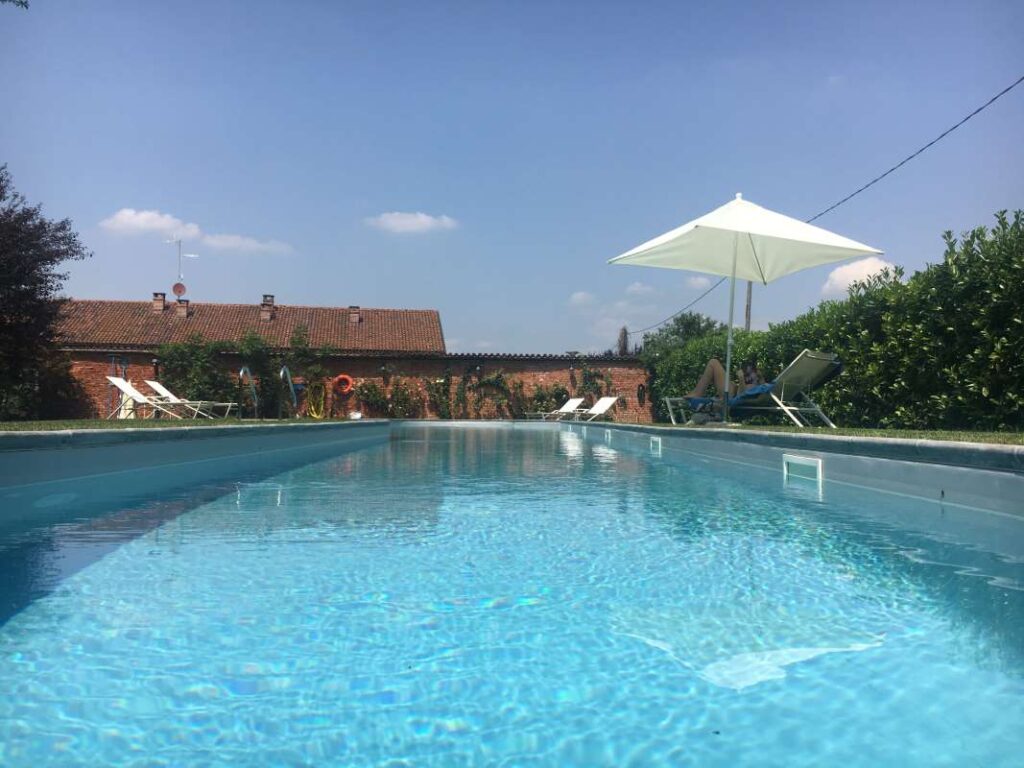HOA Outreach Tips for Santa Clara County, California
Effective outreach strategies are essential for Homeowners Associations (HOAs) in Santa Clara County, California, to foster community engagement and collaboration. This blog post will explore comprehensive outreach tips that can help HOAs connect with residents, encourage participation, and strengthen community bonds. From leveraging technology to organizing community events, we will cover practical steps for enhancing communication and building a thriving neighborhood atmosphere.
In Santa Clara County, the population is diverse and dynamic, making effective outreach even more critical for HOAs. As community leaders, HOA boards must prioritize communication and transparency to foster trust and encourage active participation among residents. This blog will delve into various outreach strategies, offering insights into how HOAs can effectively engage their communities.
We will discuss the importance of utilizing technology, hosting events, and creating informative content. Additionally, we will provide tips on how to maintain ongoing communication with residents and ensure their voices are heard, thus promoting a sense of belonging and community pride.
Utilizing Technology for Effective Communication
The digital age has transformed the way communities interact. For HOAs in Santa Clara County, embracing technology can significantly enhance outreach efforts. One of the most effective tools is a dedicated HOA website or community portal that serves as a central hub for information dissemination.
On the website, residents can access important announcements, community guidelines, event calendars, and contact information for board members. By implementing an email newsletter, HOAs can keep residents informed about upcoming events, maintenance updates, and community news. This regular communication fosters a sense of connection among residents and ensures they are aware of important happenings within the community.
Social media platforms are another powerful outreach tool. HOAs can create dedicated pages on platforms like Facebook or Instagram to engage residents. By sharing pictures of community events, soliciting feedback through polls, and encouraging residents to share their experiences, HOAs can create an interactive online community. Furthermore, using platforms like Nextdoor allows for localized communication where residents can discuss neighborhood issues, share recommendations, and strengthen community ties.
Organizing Community Events
Community events play a crucial role in bringing residents together and fostering a sense of belonging. HOAs in Santa Clara County should consider organizing various events throughout the year, such as neighborhood block parties, seasonal festivals, or community clean-up days. These gatherings provide an excellent opportunity for residents to meet their neighbors, share ideas, and collaborate on community improvement projects.
When planning events, it’s essential to consider the diverse interests and demographics of the community. Offering a variety of activities, such as family-friendly games, workshops, or informational sessions, can cater to different age groups and interests. By actively seeking input from residents regarding what types of events they would like to see, HOAs can tailor their outreach efforts to meet community needs.
Promoting these events through multiple channels, including flyers, social media, and community newsletters, can help maximize attendance. Furthermore, partnering with local businesses or organizations can provide additional resources and support for event planning, creating a more vibrant community atmosphere.
Creating Informative and Engaging Content
HOAs can significantly enhance their outreach efforts by producing informative content that resonates with residents. This content can take various forms, such as articles, newsletters, or videos that address common community concerns, highlight local events, or provide tips for home maintenance.
For example, a monthly newsletter that includes a spotlight on a local business, updates on HOA projects, or profiles of community members can engage residents and encourage them to participate actively in their neighborhood. Additionally, informative blog posts discussing relevant topics, such as landscaping tips or energy-saving practices, can offer value to residents and position the HOA as a valuable resource.
Utilizing visuals, such as infographics or videos, can also enhance content engagement. Visuals make information more digestible and appealing, increasing the likelihood that residents will read and share the content with others. By consistently delivering valuable and relevant content, HOAs can foster a culture of communication and involvement within the community.
Maintaining Ongoing Communication
Effective outreach does not stop at initial engagement; it requires maintaining ongoing communication with residents. HOAs should continuously seek feedback from members to understand their needs and perspectives better. This can be done through surveys, suggestion boxes, or informal discussions during community events.
Addressing resident concerns promptly and transparently shows that the HOA values their input, creating a more cohesive community environment. Additionally, creating an open line of communication with board members fosters trust and encourages residents to participate more actively in HOA activities.
Utilizing technology, such as online forums or community apps, can facilitate discussions and allow residents to voice their opinions. By prioritizing ongoing communication, HOAs can build strong relationships with residents and foster a sense of community ownership and pride.
Leveraging Local Partnerships for Greater Impact
Building partnerships with local businesses, non-profits, and government agencies can significantly enhance the outreach efforts of HOAs in Santa Clara County. Collaborating with these entities can provide resources, expertise, and support for community initiatives.
For example, partnering with a local business for sponsorship can reduce event costs and incentivize business participation in community events. Additionally, working with local government agencies can provide guidance on compliance with regulations and access to funding for community projects.
Furthermore, these partnerships can help raise awareness of the HOA’s outreach initiatives and encourage greater participation from residents. By leveraging local connections, HOAs can create a more engaged and vibrant community that benefits everyone involved.
Encouraging Resident Involvement and Leadership
Encouraging residents to take on leadership roles within the community can significantly enhance the effectiveness of outreach efforts. HOAs can create committees or working groups focused on specific issues, such as landscaping, social events, or safety initiatives, allowing residents to contribute their skills and expertise.
By empowering residents to take charge of certain projects or initiatives, HOAs can foster a greater sense of ownership and accountability within the community. This participatory approach not only enhances engagement but also helps build a stronger, more resilient community.
Furthermore, recognizing and celebrating the contributions of resident volunteers through awards or acknowledgments during community events can further motivate participation and strengthen community ties.
Evaluating and Adapting Outreach Strategies
To ensure effective outreach, HOAs must regularly evaluate their strategies and be willing to adapt based on feedback and changing community needs. Conducting surveys or assessments can provide valuable insights into the effectiveness of outreach initiatives and identify areas for improvement.
By analyzing participation rates in events, engagement levels on digital platforms, and resident feedback, HOAs can make data-driven decisions to refine their outreach strategies. This iterative approach ensures that the HOA remains responsive to the needs of residents and can continuously foster a vibrant community.
Additionally, keeping track of outreach metrics can help HOAs recognize patterns and successes over time, allowing them to build on what works and phase out less effective methods.
Conclusion
Effective outreach is vital for HOAs in Santa Clara County to engage residents and build strong communities. By utilizing technology, organizing engaging events, and maintaining ongoing communication, HOAs can foster a culture of participation and collaboration. The importance of leveraging local partnerships and encouraging resident involvement cannot be overstated, as these elements create a more dynamic and vibrant community.
Ultimately, the commitment to continuous evaluation and adaptation of outreach strategies ensures that HOAs can respond to the evolving needs of their residents, creating a thriving and inclusive community for all. For those interested in exploring additional resources or support in enhancing their HOA outreach efforts, consider consulting with experts in the field or visiting [Tower Business Brokers](https://pool-routes-for-sale.com/) for professional guidance.



